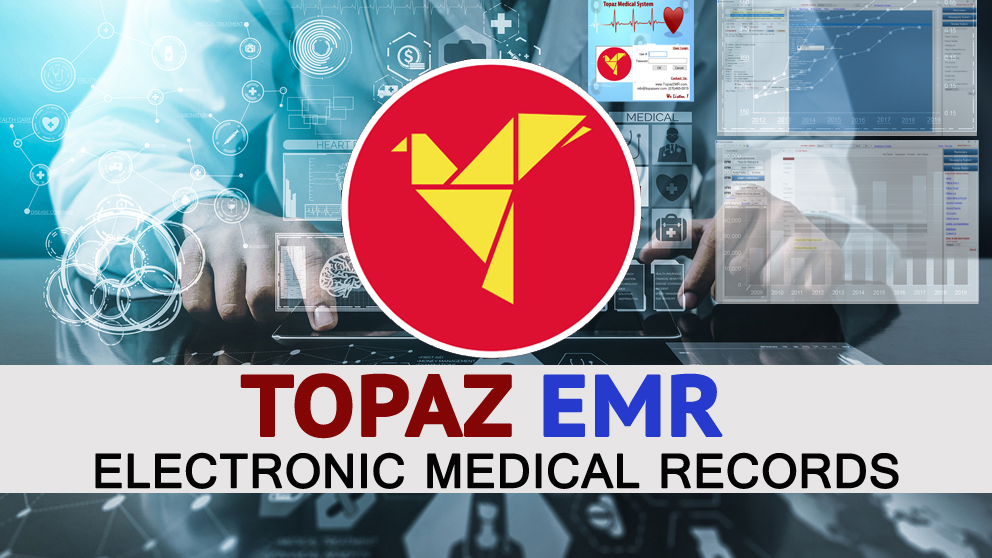
The Roadmap is available here.
A fact sheet on the Roadmap is available here.
The plan was prepared in consultation with Haitian authorities, the Caribbean Community (CARICOM), the United Nations, the Inter American Development Bank (IDB), the Pan American Health Organization (PAHO), the Inter-American Institute for Cooperation on Agriculture (IICA) and the Multinational Security Support Mission (MSS) in Haiti, following the mandate of the OAS General Assembly in June 2025.
This Haitian-led, internationally supported Roadmap offers a framework to address the most severe governance and security crisis in the Western Hemisphere. Armed gangs currently control close to 90 percent of Port-au-Prince, causing over 5,600 deaths in 2024, displacing 1.3 million people (25% of them children), and driving humanitarian needs to unprecedented levels. Today, 4.7 million Haitians face acute food insecurity, more than 60 percent lack access to clean water, and fewer than 25 percent of health facilities in critical areas are operational.
The Roadmap is a dynamic, evolving plan which will be updated according to the changing circumstances and needs in Haiti, as well as new inputs from stakeholders and partners.
Key features of the Roadmap
Haitian leadership and ownership: The plan is designed to strengthen national institutions and ensure sovereignty, with international support coordinated through the OAS, CARICOM, the UN, and Inter-American partners.
Security first: Recognizing that security is the foundation for progress, the plan prioritises stabilisation and peace restoration as the prerequisite for humanitarian access, political consensus, electoral legitimacy, and sustainable development.
Integrated, sequenced action: Emergency measures will be linked with structural reforms to ensure both immediate relief and long-term resilience.
Human rights and accountability: A cross-cutting commitment to transparency, the rule of law, and rights protection will be implemented through a Haiti Roadmap Dashboard to monitor progress and donor contributions.
Five strategic pillars
Security Stabilization and Peace Restoration
Immediate measures to secure key corridors and infrastructure, followed by rebuilding the Haitian National Police, reforming the justice system, and dismantling transnational criminal economies. Estimated cost: USD 1.336 billion.
Political Consensus and Governance Support
Addresses the need for political legitimacy alongside security. This pillar focuses on guiding Haiti’s transition to stable, inclusive, and accountable governance, laying the foundations for a new constitution and democratic renewal beyond the February 7, 2026, deadline. This process will prioritize inclusivity, transparency, and producing a governance framework with broad support. These efforts build on the leadership and previous work of the CARICOM Eminent Persons Group and the United Nations Integrated Office in Haiti (BINUH). The OAS will accompany CARICOM to provide coordinated support and technical assistance to convene a national dialogue with diverse participation. Estimated cost: USD 8 million.
Electoral Process and Institutional Legitimacy
Supporting the Provisional Electoral Council (CEP) and the National Identification Office (ONI) to guarantee free, fair, and transparent elections. Estimated cost: USD 104.1 million.
Humanitarian Response
Delivering life-saving aid in food, water, health, education, and shelter, while building community resilience and dignity protection. Estimated cost: USD 908.2 million (UN data).
Sustainable Development and Economic Progress
Restoring basic services, promoting climate-resilient agriculture, strengthening micro, small and medium enterprises (MSMEs), expanding infrastructure, and fostering social protection systems. Estimated cost: USD 256.1 million (IADB data).
The total estimated cost for implementing the Roadmap from 2025 to 2028 is USD 2.6 billion, to be shared collaboratively among international partners.
Governance
The governance structure proposed for the implementation of the Roadmap includes a Coordinating Group Mechanism (CGM) composed of the OAS, the United Nations, and CARICOM, forming a tripartite mechanism to support Haiti’s stabilisation and recovery. It also includes the Group of Friends of Haiti, the OAS Interdepartmental Working Group on Haiti, other inter-agency spaces to be established in coordination with stakeholders and the eventual appointment of an OAS Special Representative. These components are designed to ensure strategic alignment, facilitate cooperation, and adapt to evolving needs throughout the implementation of the Roadmap.
Secretary General’s Statement
Presenting the Roadmap, Secretary General Ramdin emphasized:
“Haiti is undergoing a severe crisis that requires our complete and immediate attention. This is a plan to address that crisis, that starts with security as the number one priority and with the ultimate goal of making Haiti completely self-sufficient in the shortest possible time. This is a stepping stone, a plan that will evolve and adapt to changing circumstances. Regarding funding, no one or two countries should foot the bill; this requires the commitment of all member states. Coordination and funding will be essential to success. I call on all member states to do their part. Haiti needs help and we must provide it.”
Next steps
Continue the process of mapping existing initiatives and reinforcing coordination with the Coordinating Group Mechanism composed of the OAS, CARICOM, UN, together with Haitian authorities.
Facilitate dialogue with the Transitional Presidential Council and Haitian stakeholders to advance constitutional reform and avoid a political vacuum in February 2026.
Carry out consultations with stakeholders and technical teams on activities by pillars.
Convene an International Donors Conference together with the Inter-American Development Bank (IDB) to mobilize resources aligned with the Roadmap’s priorities.
Initiate design and implementation of the Haiti Roadmap Dashboard, ensuring transparency, real-time monitoring of progress, and alignment of contributions.
The post OAS Secretary General presents roadmap for stability and peace in Haiti appeared first on Caribbean News Global.

